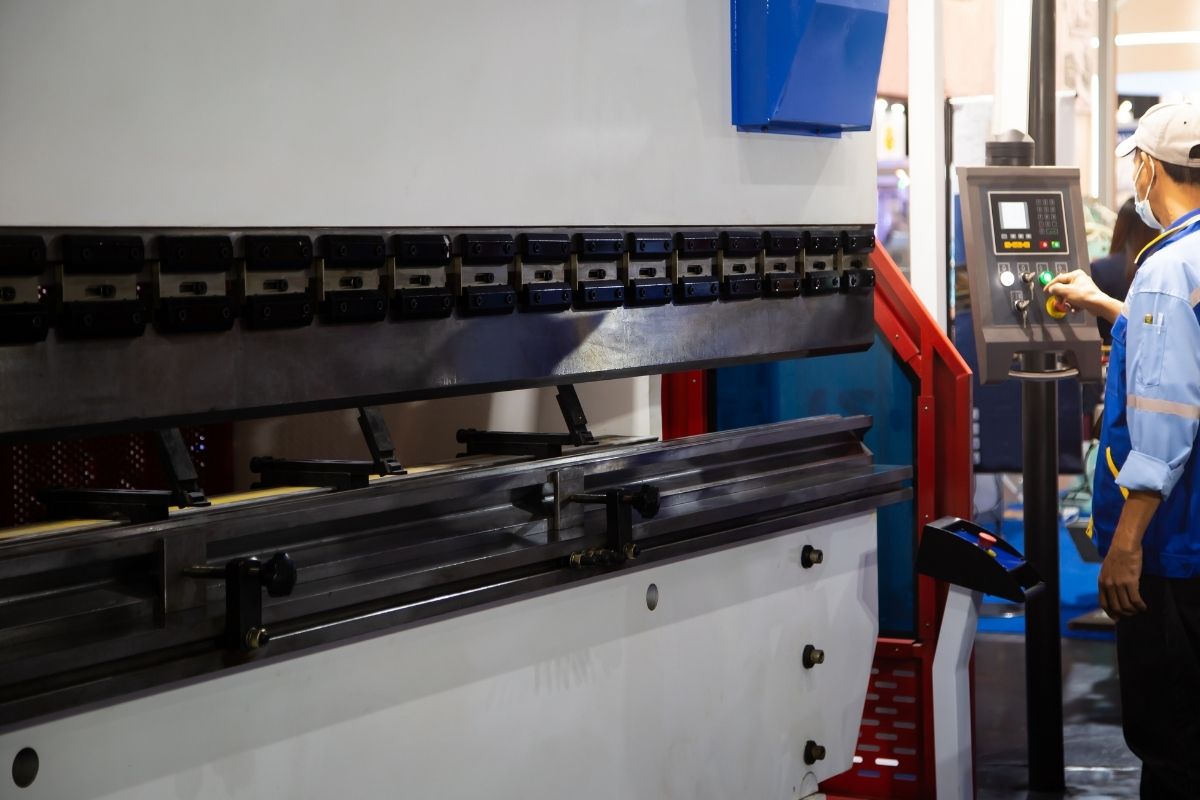Almost everything today is made from some type of metal, and that metal does not just appear out of nowhere. Metallurgical engineers use press brakes to create pieces of metal and then shape them to fit whatever people need. There are different press brakes for different metals. Here are the different types of press brakes and what they do.
Hydraulic Press Brakes
There are different press brakes for different metals, and the hydraulic press brake is one of the most used today. Before engineers developed the press brake machine, blacksmiths fashioned metal pieces through melting and bending. The press brake revolutionized this process by using fluid power, also known as hydraulics, which has innovated the industry. Computerized systems have refined their processes to make this one of the best press brake systems.
Electronic Press Brakes
Electronic press brake systems are more modern than others, but industries do not use them as commonly. Electronic press brakes tend to be smaller than their counterparts. Even if they do not work for larger projects, they can still revolutionize smaller-scale projects. Electronic press brakes won’t leak oil, and they are more efficient than other press brakes. These press brakes can also do more precise and minor metal bends than other press brakes.
Manual Press Brakes
Manual press brakes have been around the longest because they precede technological improvements. These sheet metal press brakes require operators to adjust bending dimensions, cut sizes, and angles manually. Today these press brakes are still very common as many industries require multiple pieces of metal for their projects. After the operator has adjusted the sizes and angles, they won’t need to adjust again until all the metal pieces have been cut and bent.
The different types of press brakes and what they do can be hard to understand at first. But each has unique applications and functionality in today’s industrial world.








Leave a Reply